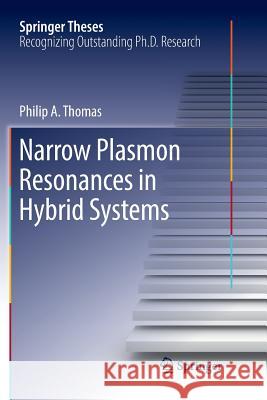Narrow Plasmon Resonances in Hybrid Systems » książka
topmenu
Narrow Plasmon Resonances in Hybrid Systems
ISBN-13: 9783030073671 / Angielski / Miękka / 2019 / 114 str.
Kategorie BISAC:
Wydawca:
Springer
Seria wydawnicza:
Język:
Angielski
ISBN-13:
9783030073671
Rok wydania:
2019
Wydanie:
Softcover Repri
Numer serii:
000416125
Ilość stron:
114
Waga:
0.20 kg
Wymiary:
23.39 x 15.6 x 0.74
Oprawa:
Miękka
Wolumenów:
01
Dodatkowe informacje:
Wydanie ilustrowane











